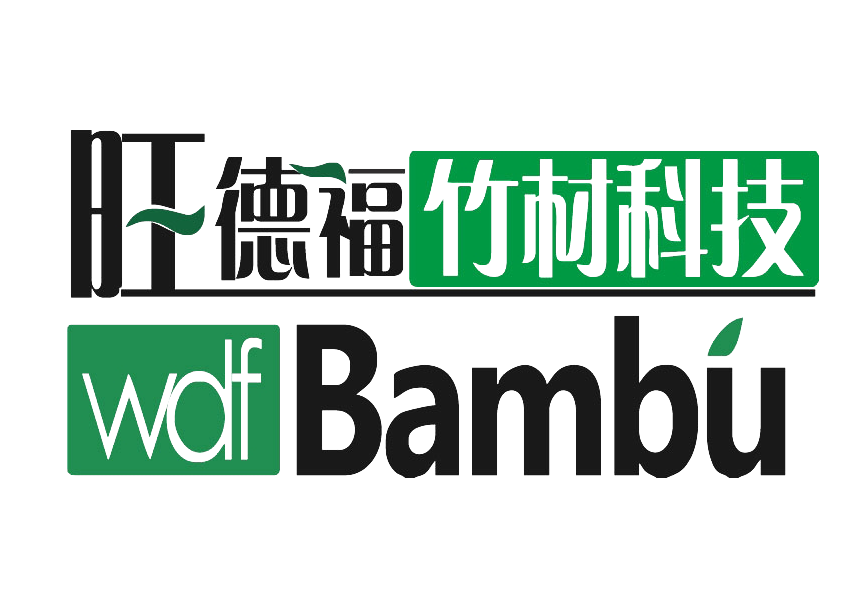Optimizing Kitchen Functionality With the Right Storage Solution
A well-designed drawer organizer transforms chaotic kitchen utensil storage into an efficient, accessible system that saves time during food preparation. The ideal drawer organizer for kitchen tools should accommodate various utensil sizes while maximizing every inch of available space. Unlike generic storage solutions, purpose-built kitchen drawer organizers feature specialized compartments that keep tools separated yet visible for quick identification. Material selection plays a crucial role in durability, with options ranging from sustainable bamboo to rust-resistant metals that withstand daily use. The depth and configuration of compartments must align with the specific collection of spatulas, whisks, and serving utensils they will contain. Customizable dividers prove particularly valuable for households with diverse cooking styles that require different tool combinations. Investing in the proper drawer organizer creates a foundation for kitchen efficiency that lasts for years while maintaining order effortlessly.
Assessing Your Utensil Collection
Inventory Analysis for Optimal Configuration
Begin by emptying all kitchen utensil drawers to assess the quantity, variety, and frequency of use for each tool. Measure the length of the longest items like wooden spoons or ladles to determine the minimum required compartment depth—typically between 12-18 inches for standard kitchens. Separate utensils into categories based on function: stirring tools, serving pieces, measuring items, and specialty gadgets each deserve dedicated sections in the drawer organizer. Consider which tools get used together during cooking processes to position them in adjacent compartments for workflow efficiency. The most frequently reached-for items should occupy the most accessible positions in the drawer layout. This thorough evaluation ensures the selected drawer organizer matches the actual storage needs rather than forcing compromises with a one-size-fits-all solution.
Accommodating Specialized Kitchen Tools
Modern kitchens often contain unique utensils that standard drawer organizers fail to accommodate properly. Mandoline slicers, julienne peelers, and avocado tools require customized compartments with protective coverings to prevent damage. Deep sections with adjustable dividers work best for storing bulky items like potato mashers or meat tenderizers vertically. Narrow channels prove ideal for keeping measuring spoons organized in complete sets rather than scattered across the drawer. Some drawer organizer systems offer removable inserts that convert between general storage and specialized configurations as needed. Anticipating future utensil purchases ensures the chosen solution allows for expansion without requiring complete replacement when new tools enter the kitchen arsenal.

Material Selection Considerations
Durability and Maintenance Factors
The material composition of a drawer organizer directly impacts its longevity and ease of cleaning in the kitchen environment. Bamboo offers excellent moisture resistance and natural antimicrobial properties ideal for humid kitchen drawers. Stainless steel organizers provide unmatched durability and effortless cleaning but may produce noise during utensil retrieval. High-density polyethylene plastic balances affordability with decent durability, though premium versions resist warping better than budget options. Wooden drawer organizers require occasional resealing to maintain their protective finish against kitchen moisture and spills. Non-porous materials simplify sanitation for households concerned about bacterial growth in utensil storage areas. The selected material should withstand daily use while complementing the kitchen's overall aesthetic and functional requirements.
Eco-Friendly Material Options
Environmentally conscious homeowners can select drawer organizers made from sustainable materials without sacrificing functionality. Bamboo grows rapidly without pesticides and regenerates after harvesting, making it among the most renewable organizer materials. Recycled aluminum organizers divert waste from landfills while offering exceptional longevity in kitchen applications. Some manufacturers now produce organizers from post-consumer recycled plastics or agricultural byproducts like rice hulls. Natural fiber options like seagrass or cork provide biodegradable alternatives for those seeking minimal environmental impact. These eco-friendly drawer organizers often match or exceed conventional materials in durability while supporting sustainable consumption practices in the kitchen.
Space Optimization Techniques
Customizable Compartment Systems
The most effective drawer organizers for kitchen utensils feature adjustable components that adapt to changing storage needs. Modular divider systems allow reconfiguration as utensil collections evolve over time. Sliding partitions enable fine-tuning of compartment widths to accommodate both broad spatulas and slender skewers in the same organizer. Tiered designs create vertical storage layers that double usable space without sacrificing accessibility. Some premium drawer organizer systems incorporate removable trays for specialized tools that require occasional rather than daily access. These customizable features ensure the organizer continues functioning optimally even when kitchen tools get replaced or added to the collection.
Vertical Storage Solutions
Maximizing drawer space requires utilizing the full height available rather than just the floor area. Stackable drawer organizer inserts create multiple levels for separating utensil categories while keeping all items visible. Angled compartments store utensils handle-down for easy identification and retrieval during busy cooking sessions. Some innovative designs incorporate upright holders that keep tools separated and ready for immediate use. Deep drawer organizers benefit from pull-out trays that provide access to back-row items without removing front components. These vertical storage approaches transform cluttered utensil drawers into orderly systems where every tool has a designated, accessible place.
Ergonomic Design Features
Accessibility and Visibility Enhancements
Well-designed drawer organizers improve kitchen efficiency by making utensils instantly visible and reachable. Sloped compartments position tool handles upward for quick identification without rummaging. Cutout sides allow visual confirmation of contents while the drawer remains partially closed. Contrasting colors between the organizer and utensils enhance visibility, especially for users with visual impairments. Full-extension drawer slides ensure complete access to back compartments without straining. These thoughtful design elements in premium drawer organizers reduce meal preparation time while minimizing frustration during cooking processes. The best systems make every utensil accessible with one hand while keeping the drawer organized automatically after each use.
Safety Considerations
Kitchen drawer organizers should prevent hazardous utensil arrangements that could cause injuries. Rounded corners eliminate sharp edges that might catch skin during hurried cooking. Secure bases keep the organizer from sliding when drawers open and close abruptly. Proper compartment sizing prevents knives from becoming exposed or unstable in storage. Some organizers incorporate locking mechanisms that keep dangerous tools separated from general utensils in households with children. Non-slip surfaces prevent shifting during earthquakes or accidental bumps. These safety-focused features make high-quality drawer organizers particularly valuable in busy family kitchens where multiple people access utensils throughout the day.
Integration With Kitchen Design
Aesthetic Coordination Strategies
The visual appeal of drawer organizers contributes to overall kitchen aesthetics while maintaining functionality. Neutral-toned organizers blend seamlessly with various cabinet finishes and decor styles. Transparent acrylic versions maintain visibility while disappearing visually into the drawer environment. Custom-stained wood organizers can match existing cabinetry for a cohesive, built-in appearance. Some premium lines offer interchangeable face plates that coordinate with seasonal decor changes. The ideal drawer organizer enhances rather than detracts from kitchen design while performing its organizational role flawlessly. This balance between form and function creates storage solutions that homeowners appreciate every time they open a utensil drawer.
Professional Installation Options
While many drawer organizers offer simple drop-in installation, some kitchens benefit from custom-fitted solutions. Professional organizers can design built-in systems that utilize every millimeter of available drawer space. Integrated drawer-within-a-drawer configurations provide hidden storage for specialty tools while keeping everyday utensils accessible. Some high-end kitchen designers incorporate motorized lift systems that bring entire organizer trays to ideal working height. These premium installations transform basic utensil storage into a seamless extension of the kitchen's workflow. Though requiring greater investment, custom-fitted drawer organizers deliver unparalleled functionality tailored to specific cooking habits and kitchen layouts.
FAQ
What's the ideal depth for kitchen utensil drawer organizers?
Standard kitchen drawers typically accommodate organizers between 3-5 inches deep, with 4 inches being the most versatile for housing various utensil types without wasting vertical space.
How often should drawer organizers be cleaned?
A thorough cleaning every 2-3 months maintains hygiene, with quick wipe-downs recommended weekly to prevent debris buildup in utensil compartments.
Can drawer organizers accommodate oddly-shaped kitchen gadgets?
Adjustable systems with removable dividers offer the most flexibility for storing unusual utensils, though some specialty tools may require custom inserts for proper organization.



 Home
Home